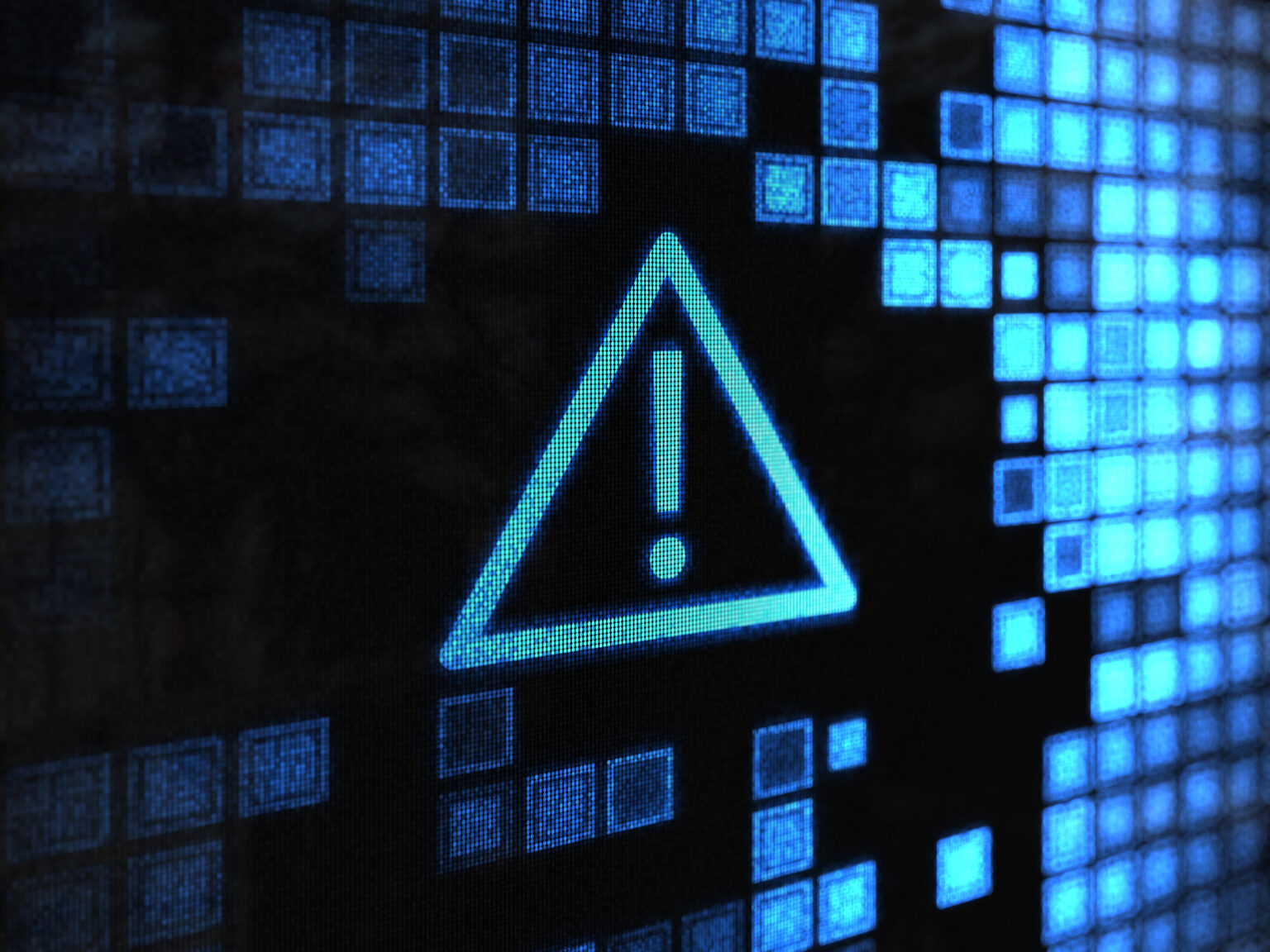
Writing that work email on your computer isn’t just another dull task on your to-do list. It can actually be a breathtaking experience—literally.
Evidence shows that 80% of people have screen apnea, a term used to describe the temporary cessation of breathing or shallow breathing that occurs when people look at screens.
The Discovery of Screen Apnea
Linda Stone, a writer and tech executive, wanted to know if she was the only one holding her breath or breathing shallowly while looking at her computer screen.
By observing and talking with others, as well as testing them using a device that tracked pulse and heart rate variability, Ms. Stone estimated that 80% had screen apnea. The 20% who didn’t were people who had learned breathing techniques through their professions or personal interests—they were dancers, musicians, high-performance athletes or test pilots.
The Dangers of Screen Time
In addition to screen apnea, several other conditions have been linked to screen use, including poor sleep.
Screen time leads to sleep problems because the blue light emitted by screens right before bed can reduce or delay the production of melatonin, preventing you from falling asleep.
Meanwhile, what’s on the screen can be troublesome, too—e.g., reading alarming news or playing a rousing game on a screen can stimulate your brain and make it harder to wind down and rest.
Having good sleep hygiene can help. Here are three easy things you can do to ensure you’ll get the shuteye you need:
- Stop your screen usage 30 to 60 minutes before bed.
- Turn on the nighttime mode on your device to block blue light.
- Limit your screen time outside of work to less than two hours per day to give you time to get your daily dose of exercise, which can tire you out and help you fall and stay asleep.
Still having sleep issues after making changes to your relationship with screens? Talk to our expert sleep team about getting to the root of the problem, today.